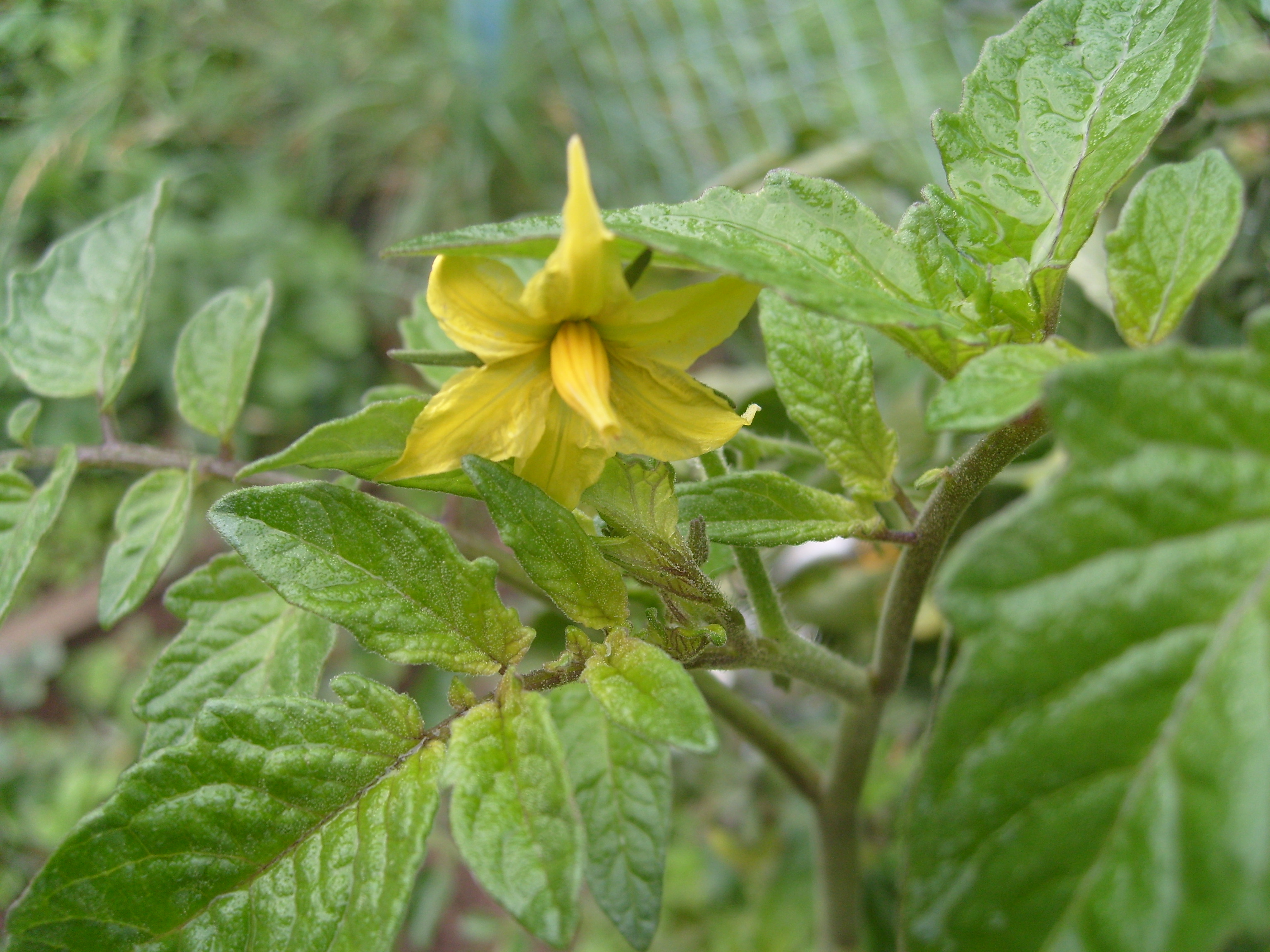
Teams detailed the genetic sequences of the two plant species in separate papers in the journal Nature Genetics.
“As the world population is projected to increase from 7.1 billion to over 9 billion by 2050, plant biologists must forge a second green revolution with the creation of crops that have two to three times the current yield with reduced inputs like less water, fertilizers and pesticides,” said the rice research paper. “Rice will have a key role in helping to solve the problem of how to feed 9 billion people.”
African rice is more drought-resistant than the much more common Asian species. In unraveling its genomic signature, an international team of geneticists established that African rice was domesticated from a wild species in a region next to the Niger river about 3,000 years ago, some 7,000 years after the domestication of Asian rice.
While more work is needed to pinpoint the individual stress-resistant genes, the team said publication of the genome presented “an unprecedented opportunity” for breeding new varieties of high-yield, drought-resistant crops.
The second study, into the inedible, wild South American tomato Solanum pennellii, managed to identify key genes linked to dehydration-resistance, fruit development and ripening. The species is already used to improve the cultivated common tomato, Solanum lycopersicum, through interbreeding.
The new data may help breed even tastier, more stress-tolerant tomatoes, said the study’s authors.